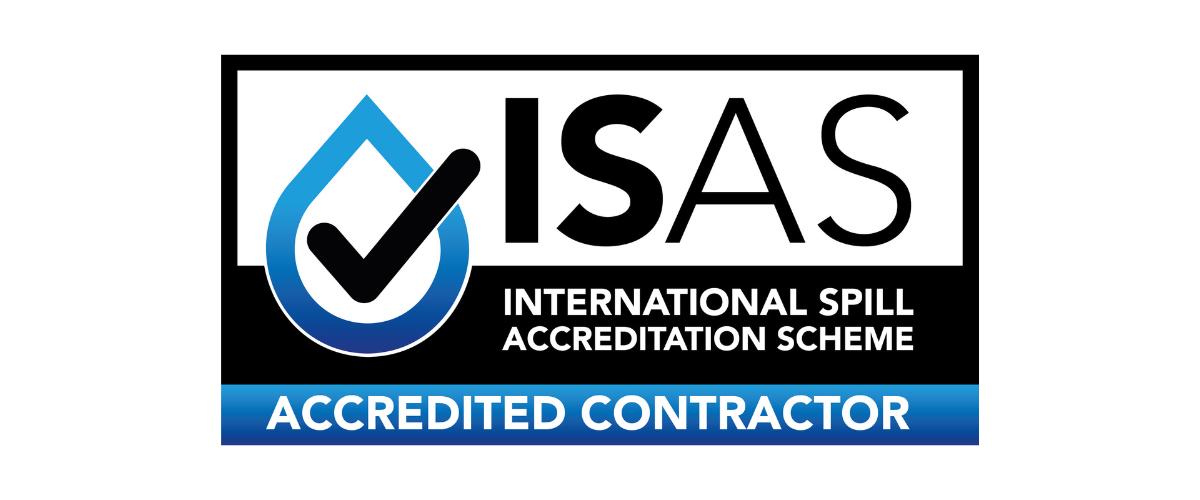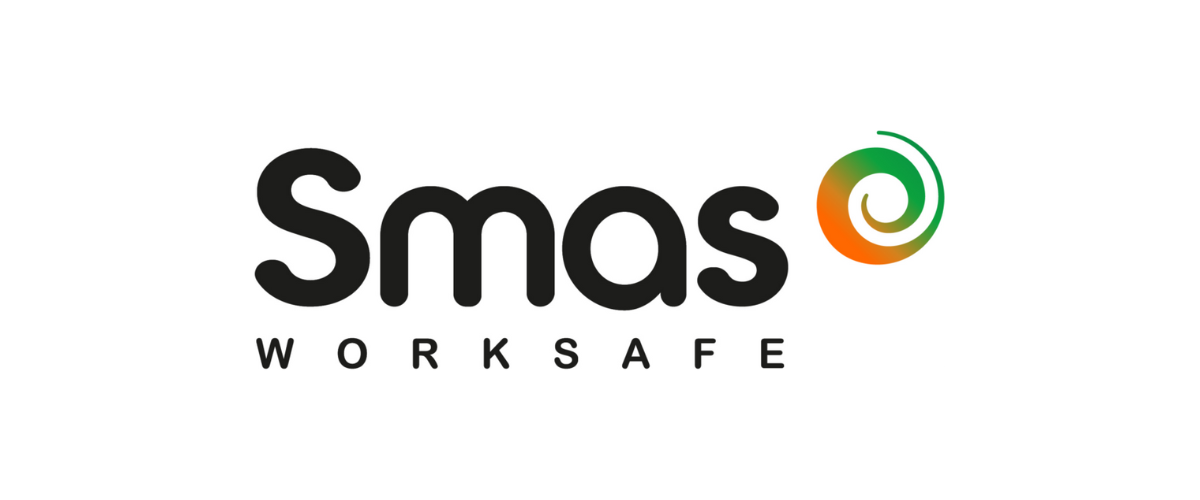A Practical Guide to:
BS EN 858-2:2003 Separator Systems for Light Liquids (e.g. Oil & Petrol)
Ensuring legal compliance and environmental protection for interceptor systems.
Overview
BS EN 858-2:2003 is the national and European standard providing detailed guidance on the specification, installation, operation, and maintenance of separator systems (also referred to as interceptors) used to treat light liquid pollutants, including oil and petrol.
Introduced across the EU in 2002 and adopted by the British Standards Institution (BSI) in 2003, this standard applies to sites where surface water run-off from impermeable areas - such as forecourts, vehicle washdown areas, and industrial yards - may become contaminated with hydrocarbons.
By following BS EN 858-2:2003, businesses can reduce pollution risk, meet legal expectations, and support good environmental stewardship.
Legal Context & Regulatory Obligations
UK law requires businesses to prevent pollution through proper management of oil storage and contaminated water. Several legal instruments reinforce the need for correctly specified and maintained separators, including:
These legal requirements are supported by BS EN 858-2:2003 and GPP 3 (Guidance for Pollution Prevention) to help site operators understand what is expected and how to demonstrate compliance.
✅ Key Point: Regulatory authorities will evaluate not just legal non-compliance but also whether best practices outlined in BS EN 858-2:2003 have been implemented in the event of a pollution incident.
Key Requirements of BS EN 858-2:2003
Routine Operation & Maintenance (Section 6)
All separator systems in use must be serviced at least every six months by qualified personnel. The following checks must be completed:
Five-Year Integrity Inspections
Regardless of Audit frequency, separators must be emptied and fully inspected at least once every five years, covering:
In rare cases where personnel need to enter the unit, it must be completely drained and properly ventilated, with all relevant health and safety procedures followed.
Documentation & Record-Keeping
Maintaining up-to-date service records is a mandatory requirement of BS EN 858-2:2003. Logs must:
Why Compliance is Critical
Environmental & Legal Risks
Non-compliance can result in:
Business Continuity Impacts
Pollution incidents often lead to:
✋ A poorly maintained or incorrectly installed separator is a significant business risk.
Best Practices for Implementation
To remain compliant with BS EN 858-2:2003:
- Install correctly: Ensure systems are correctly specified and installed based on site activity, catchment area, and discharge destination.
- Maintain regularly: Audit separators every 6 months, with additional inspections after heavy use or adverse weather
- Inspect every 5 years: Perform a full integrity test at least once every five years.
- Fit and monitor warning devices: Ensure alarms are operational and tested regularly.
- Keep records accessible: Maintain organised, complete, and accessible logs of all inspections, servicing, and incidents.
How GPT Environmental Can Support Your Compliance
Your next steps...











